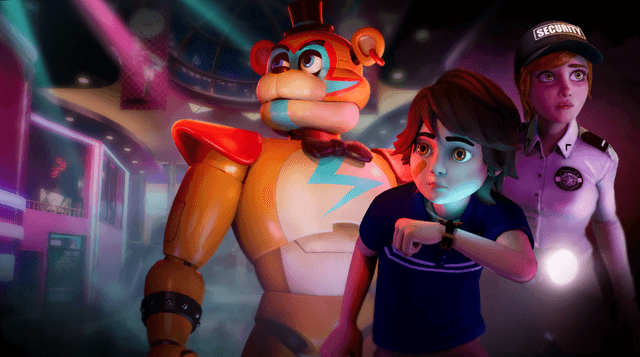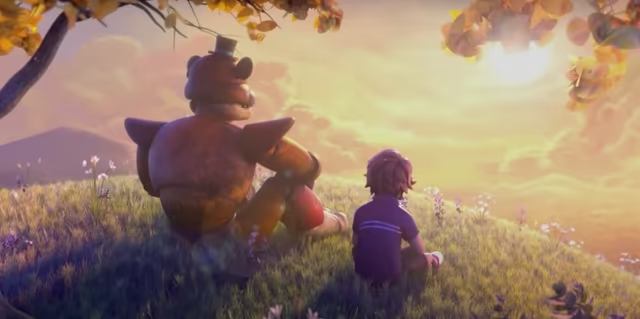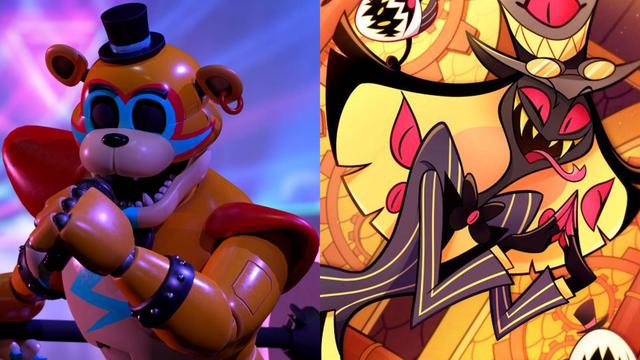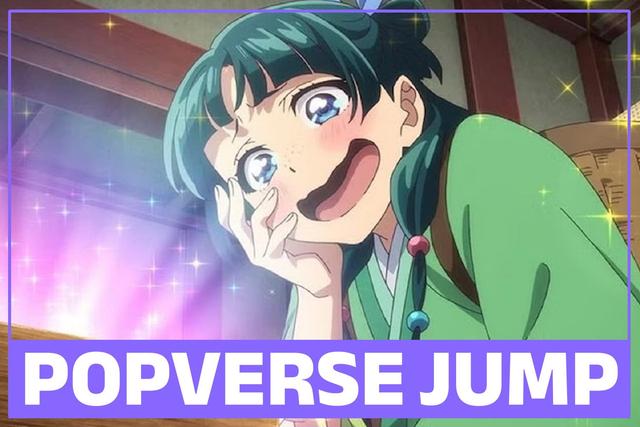If you click on a link and make a purchase we may receive a small commission. Read our editorial policy.
As the MCU gears up for Phase Six, read the universe kickstarted by the Fantastic Four with our list of the Best Marvel Comics of All Time
This Man, This Monster, The Death of Captain America, and more!

Popverse's top stories
- The Expanse TV series was such a positive work experience that crew members left other shows to return, says Thomas Jane
- Star Wars boss steps down: Kathleen Kennedy leaves Lucasfilm after 14 years, Ahsoka creator Dave Filoni to become studio president
- Bridgerton Seasons 1–3 recap: Everything to know before Season 4’s release
With more than eight decades of adventures to choose from, and literally tens of thousands of comics chronicling those adventures, the very idea of selecting the Ten Best Marvel Comics is a daunting one. It’s one thing to be aware of Stan Lee’s oft-quoted (but perhaps apocryphal) dictum that the Marvel Universe is “the world outside your window,” and to accept that Marvel’s best stories are a combination of super heroics and soap opera — a potent mix created by Lee but perfected, years later, by Chris Claremont on his X-Men comics — but how to pare down the substantial output of more than half a century of comics into just ten titles?
There are plenty of fan-favorite stories that wouldn’t make the cut – yes, I know about the 'Dark Phoenix Saga,' don’t worry – and perhaps some unexpected choices showing up in their place. The criteria is simple, however: Which display the Marvel values the strongest, reminding readers that, with great power there must come great responsibility, and that being a superhero wreaks havoc on your personal life? (That latter one is, admittedly, inferred rather than outright stated.) Which stories bring the promise of the dream that superheroes can be just like us to life in the most convincing manner? Which attempt to follow the Stan Lee and Jack Kirby dynamic of pairing melodramatic writing and truly killer art most faithfully?
You might not agree with the choices below. However, that doesn’t mean they’re wrong.

10. 'The Surtur Saga' by Walter Simonson (The Mighty Thor #340-353)
The arrival of writer/artist Walt Simonson on The Mighty Thor brought a sea change not just for the series, but Marvel as a whole; Simonson’s sharp, design-led aesthetic was a breath of fresh air amid a company filled with Jack Kirby and Neal Adams influences, and his writing replaced years of faux-Shakespeare superheroics with an epic scope served with a sense of humor, best exemplified by the year-long 'Surtur Saga.' There had never been a Thor comic like this; decades later, there still hasn’t.
9. 'Avengers Under Siege' by Roger Stern, John Buscema, and Tom Palmer (Avengers #271-277)
For more than 20 years, fans knew what to expect from an Avengers comic – and then 'Under Siege' changed the rules, as villains unexpectedly hit the heroes where they lived (literally) and it looked as if, for the first time ever, the good guys might actually lose. Unusually tense for a comic where that was never the draw, this storyline showed Stern, Buscema, and Palmer at the top of their game, raising the stakes and remaking the rules right in front of the reader.

8. 'House of X'/'Powers of X' by Jonathan Hickman, Pepe Larraz, R.B. Silva, and Adriano Di Benedetto (House of X #1-6, Powers of X #1-6)
At its heart, Jonathan Hickman’s makeover of the X-Men franchise was a remix of the franchise’s past, taking what worked - mutants as a separate culture, mutantkind on its own island, humanity’s distrust of the mutant race – and turning up the volume to create something less All New, All Different and more The X-Men But Even More So. In doing so, ironically, he and his team of artists made the X-Men feel more new than they had in years.
7. 'Born Again' by Frank Miller, and David Mazzucchelli (Daredevil #227-231)
If Daredevil is, at heart, the superhero with the worst luck in the world – and all evidence across years’ worth of comics certainly points to that being the case – then 'Born Again' is the ultimate Daredevil story, as Miller and Mazzucchelli take Matt Murdock’s life apart with surgical precision, elevating the Kingpin as a master villain in the process. Darker and arguably more meaningful than any hero/villain showdown published by the company to this point, it’s not only the defining Daredevil story, it’s one of the defining Marvel stories, period.

6. The Immortal Hulk by Al Ewing, Joe Bennett, and others (The Immortal Hulk #1-50)
After years of retconned origins, multiple personalities, contradictory portrayals, and at least one on-panel death, it’s safe to say that the Hulk was beginning to feel a little played out as a character by the time Al Ewing got his hands on him. What followed was a tour de force that recreated the concept from the ground up, while respecting everything that came before. Relocating the horror implicit in the Hulk’s earliest appearances, Ewing, Joe Bennett and collaborators achieved the impossible, and made the friendly jade giant scary again.
5. 'The Night Gwen Stacy Died' by Gerry Conway, Gil Kane, John Romita Snr., and Tony Mortellaro (The Amazing Spider-Man #121-122)
The cover to Amazing Spider-Man #121 laid it all out for the reader: "Someone close to me is about to die!" screamed the wall-crawler. "Someone I cannot save!" No-one was prepared for the identity of the deceased, however; by the end of the issue, Peter Parker’s true love Gwen Stacy was dead, and Spider-Man was vowing to kill the Green Goblin as revenge. It was a story that pushed the hero further than he’d ever gone before, but more importantly, it was a story that taught fans that no character was safe in the Marvel Universe, no matter how beloved.

4. 'Confessions' by Brian Michael Bendis, Mark Bagley, and Art Thibert (Ultimate Spider-Man #13)
As much as the reboots and makeovers delivered to any number of classic Spider-Man allies and villains delighted old and new readers, the real magic of Bendis and Bagley’s Ultimate Spider-Man was the deeper characterization of Peter Parker and those around him. That became obvious in this one-off story, where Peter took the plunge and revealed his true identity to Mary Jane Watson; bereft of a fight scene and without a bad guy in sight, the creators let the interplay between the characters take center stage, and the result is something charming, touching, and a reminder of Marvel’s focus on the faces behind the masks.
3. 'This Man, This Monster!' by Stan Lee, Jack Kirby, and Joe Sinnott (FF #51)
Sure, the Lee/Kirby Fantastic Four was literally bursting with creativity and new ideas – it’s where the Inhumans debuted, as well as Black Panther, Doctor Doom, Adam Warlock, and countless other Marvel mainstays – but it also offered the opportunity for no small amount of melodramatic melancholia, best personified in this perfect one-issue vignette about what it means to be a hero, and the high cost of allowing hate to linger unaddressed. Overblown and beautiful.

2. 'The Death of Captain America' by Ed Brubaker, Steve Epting, Jackson Guice, Bryan Hitch, and others (Captain America #25-50, Captain America Reborn #1-6)
What makes the death – and rebirth – of Steve Rogers so special isn’t the plot, per se; lay out the individual beats of the story, and it sounds like many other superhero tales. It’s the way that Brubaker, Epting, Guice and the rest of the creative team play with those beats that transforms what could be cliche into an all-time classic that redefined the character, as well as Black Widow and the Winter Soldier, for the past couple of decades.
1. 'The Coming of Galactus' by Stan Lee, Jack Kirby, and Joe Sinnott (FF #48-50)
To paraphrase Stefon, this story has everything: heroes struggling against impossible odds, the Watcher breaking his sacred oath for the first time, the first appearance of Galactus and the Silver Surfer, and even a scene of Reed Richards taking a break and cleaning up. More importantly, it’s Lee and Kirby at their best as a creative duo, with Kirby’s imagination and stunning artwork matched by Lee’s dialogue making the most of every single scene. Every page in this storyline crackles with energy, with each and every page making the Marvel Universe bigger in some way: in concept, in ambition, or in emotional depth. This is as good as it gets.
Already finished reading all these stories? Check out Popverse's guide to the best DC comics ever.
Follow Popverse for upcoming event coverage and news
Find out how we conduct our review by reading our review policy
Let Popverse be your tour guide through the wilderness of pop culture
Sign in and let us help you find your new favorite thing.
















Comments
Want to join the discussion? Please activate your account first.
Visit Reedpop ID if you need to resend the confirmation email.